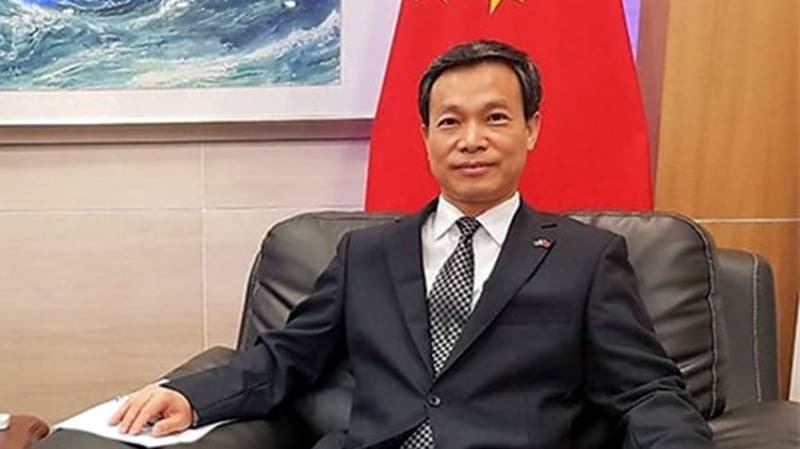Pakistan surpasses G20 nations in solar imports from China marking a key energy shift towards renewable resources.
Pakistan has rapidly positioned itself as one of the world’s fastest-expanding solar energy markets, surpassing several G20 nations in solar panel imports from China in 2024, according to a new report by clean energy think tank Renewables First. In 2024 alone, Pakistan imported over 16 gigawatts (GW) of solar panels from China, with cumulative imports over the past five years reaching 39GW — a figure that represents more than 75% of the country’s total installed power generation capacity. The report, titled “Leader of One or Leader of None – China’s Choice for Clean over Coal in Pakistan”, highlights a grassroots-driven “Solar Rush” reshaping Pakistan’s energy landscape through rooftops, farms, and factories.
While China continues to back coal-fired projects in Pakistan, the country’s accelerating shift toward affordable solar energy is rendering many coal plants underutilized. Some of these plants operated at utilization rates as low as 4% in 2024, turning into expensive liabilities as self-generation via solar becomes more common and cost-effective.
Lead author Muhammad Basit Ghauri notes the contradiction at the heart of the report: “China’s solar panels are outcompeting China’s power plants.” This evolving situation has made Pakistan a key example of clean energy consumption in the Global South, where the energy market is being reshaped from the ground up rather than through top-down interventions.
However, the report stresses that continued success will require more than just panel imports. Key areas like grid upgrades, local manufacturing, battery storage, financing mechanisms, and the strategic retirement of underperforming coal assets will be crucial for long-term sustainability.
The study concludes that Pakistan’s experience could become a model for other developing nations. If China effectively addresses the current limitations, it could reinforce its position as a clean energy leader and significantly influence the trajectory of energy transitions across the Global South.
Related Posts

















